Technical Files Your location: Home>Support>Technical Files
2024-05-30
What is Industrial Ethernet?
Based on the technical standards of Ethernet, combined with the special needs and characteristics of industrial environments, a series of improvements and extensions have been made on the basis of traditional Ethernet to meet the special requirements for real-time, reliability, and security in industrial environments.
The Ethernet communication response time that supports TCP/IP in daily life is usually 100ms, which is uncertain and not suitable for industrial scenarios.
Therefore, driven by some large industrial equipment manufacturers, many different industrial Ethernet protocols have emerged, such as EtherCAT, PROFINET, EtherNet/IP, ModbusTCP/IP, POWERLINK, Sercos III, and Time Sensitive Networks (TSN). Let's take a look together below.
1. EtherCAT Beifu
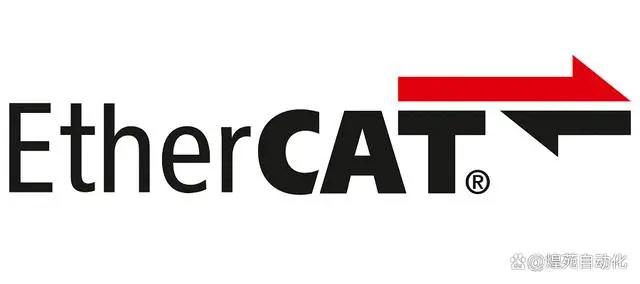
Open but not open-source technology, which means you can apply this technology as you please, but if you want to develop related equipment, you need to obtain relevant authorization from Beifu Automation Company. Flexible, low-cost, and rapidly developing in recent times.
EtherCAT technology breaks through the system limitations of other Ethernet solutions, eliminating the need to receive Ethernet packets, decode them, and then copy process data to various devices.
EtherCAT is a MAC layer protocol that is transparent to any higher-level Ethernet protocol such as TCP/IP, UDP, web servers, etc. In terms of topology, EtherCAT supports almost any topology type, including line type, tree type, star type, etc.
2. EtherNet/IP Rockwell
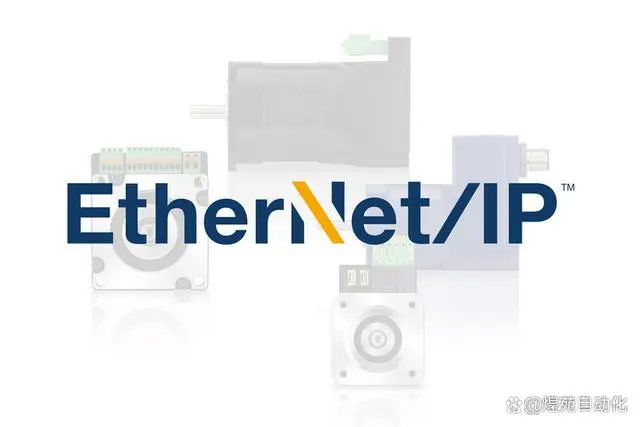
Developed by Rockwell and managed by ODVA. EtherNet/IP is an application layer protocol over TCP/IP.
EtherNet/IP uses standard Ethernet physical layer, data link layer, network layer, and transport layer, using commercial Ethernet communication chips, physical media, and star topology. It uses Ethernet switches to achieve point-to-point connections between devices and can support both 10Mbps and 100Mbps Ethernet commercial products.
Due to the use of the physical layer network of Ethernet and the architecture of TCP/IP communication protocol, EtherNet/IP can be implemented using software on microprocessors without the need for special ASICs or FPGAs.
EtherNet/IP uses standard Ethernet and switches, so it has an unlimited number of nodes in the system. In this way, a network can be deployed across multiple different endpoints in the factory workshop. EtherNet/IP provides complete producer consumer services and enables highly efficient peer-to-peer communication from the slave station.
3. PROFINET Siemens

Mainly proposed by Siemens and the PROFIBUS&PROFINET International Association, it is an industrial automation communication protocol based on Ethernet.
It supports real-time and non real-time communication, and can process large amounts of real-time data and control information. PROFINET has high flexibility and scalability, and can seamlessly integrate with existing automation equipment and systems.
PROFINET=PROFIbus+etherNET, which ports the master-slave structure of Profibus to the Ethernet, so PROFINET will have a Controller and a Device, and their relationship can simply correspond to the Master and Slave of PROFIbus.
It should be noted that PROFINET is based on Ethernet, so it can have Ethernet topology structures such as star, tree, and bus, while PROFIbus only has bus type. Therefore, PROFINET is the product of combining the master-slave structure of PROFIbus with the topology structure of EtherNET.
4. ModbusTCP/IP Schneider
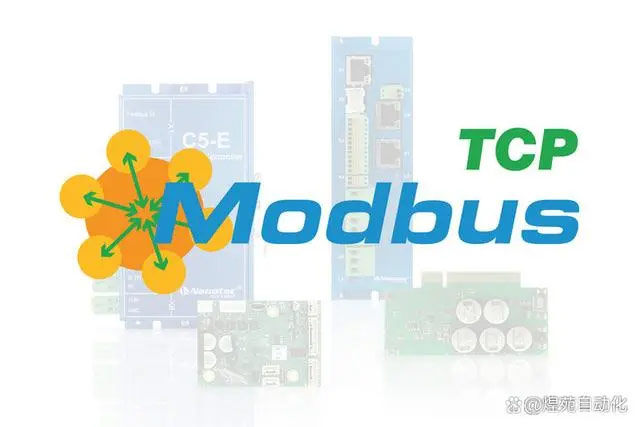
This protocol was introduced by Schneider and is an Ethernet based communication protocol. It is an implementation of the Modbus protocol on TCP/IP networks.
Modbus TCP/IP maps the Modbus protocol to the TCP/IP protocol stack, allowing Modbus devices to communicate over Ethernet.
This is a connection oriented approach where each call requires a response, and the call/response mechanism is consistent with the master/slave mechanism of Modbus. However, through industrial Ethernet switching technology, it greatly improves determinacy and improves the constraints of the one master multiple slave polling mechanism.
Modbus TCP/IP Modbus is a widely used communication protocol in the field of industrial automation, used for data exchange and control between devices.
5. CC Link IE TSN Mitsubishi Electromechanical

CC Link IE TSN (CC Link Industrial Ethernet Technology for Synchronization and Time Sensitive Networking) was developed under the leadership of Mitsubishi Electric Corporation. It is an evolved version of the CC Link protocol that combines the characteristics of Ethernet technology and Time Sensitive Networking (TSN).
CC Link IE TSN combines these features with the advantages of CC Link, bringing the following benefits to industrial networks:
Real time and determinacy: Through TSN technology, CC Link IE TSN can ensure the real-time transmission of critical data and meet strict time requirements.
Multi protocol coexistence: supports the coexistence of multiple Ethernet protocols in the same network, achieving integration of different devices and systems.
Time synchronization: Ensure that devices in the entire network have precise time synchronization, which helps with collaborative operations and event recording.
High reliability: Adopting redundant links, fault tolerance mechanism, and fault diagnosis function improves the reliability and stability of the network.
Security: Provides a security mechanism to protect the network from unauthorized access and data tampering.
6. HSE-FF Fieldbus Foundation
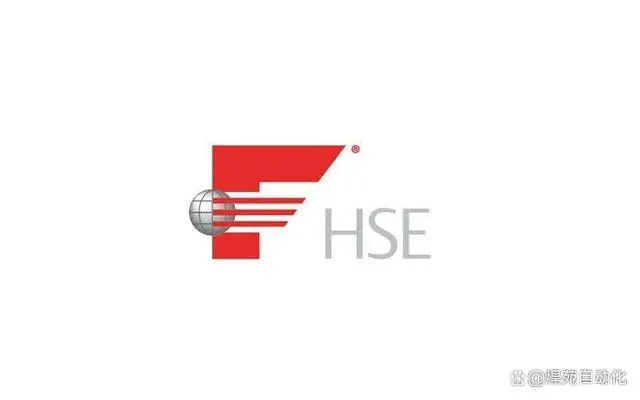
HSE (High Speed Ethernet): Released by the FF Fieldbus Foundation in 2000, it is a combination of the Ethernet protocol IEEE802.3, TCP/IP protocol family, and FFIll.
The FF Fieldbus Foundation clearly positions HSE as the integration of control networks and the Internet. The core component is the linking device, which is a key component of the HSE architecture that connects Hl (31.25kb/s) devices to a 100Mb/s HSE backbone network, while also having the functions of a bridge and gateway.
HSE is a high-speed fieldbus based on Ethernet+TCP/IP protocol, running on 100Base-T Ethernet. The structure of HSE is an enhanced standard Ethernet mode, with the underlying layer using standard Ethernet IEEE802.3 μ The latest technology and CS-MA/CD link control protocol are used for media access control.
In addition to high bandwidth and better openness, HSE features flexible network and device redundancy forms, as well as flexible functional block technology.
7. POWERLINK - Baikale

Developed by Austrian automation company Baikale, all source code is publicly available and anyone can download and use it for free.
POWERLINK is an extension of Ethernet that combines polling and time slicing mechanisms. It can provide: time critical data can be ensured to be sent in very short isochronous cycles, with a programmable response time; All nodes on the network can synchronize in time, with an accuracy of less than microseconds. Has high bandwidth, low latency, and real-time performance. It can provide reliable real-time communication and synchronization for connecting various industrial equipment and automation systems, such as robots, PLCs (programmable logic controllers), drivers, sensors, control panels, etc.
POWERLINK can achieve real-time data transmission and control signal transmission, supporting multi node and distributed control systems. This protocol also provides flexible network configuration and scalability, which can adapt to industrial automation systems of different scales and complexities. It uses standard Ethernet hardware and protocols, and is compatible with other Ethernet communication protocols, allowing POWERLINK to integrate and interoperate with existing systems.
POWERLINK is widely used in the field of industrial automation, especially in mechanical manufacturing, automated production lines, process control, and mechanical and equipment control. It provides high-performance, real-time data communication, which helps improve production efficiency and equipment control accuracy.
8. Sercos III - German Sercos Association
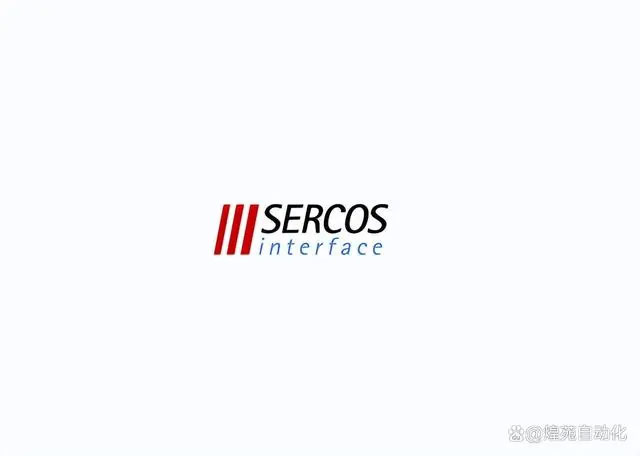
The Sercos III protocol was developed by the German Sercos Association. The Sercos Association is an organization composed of multiple companies in the field of industrial automation, working together to promote the development and application of Sercos technology. A real-time Ethernet protocol that provides high-performance real-time communication and synchronization capabilities, supports high-speed data transmission and real-time control, and is mainly used for servo controllers. Sercos has been popular in the field of factory automation applications (suitable for mechanical engineering and construction) for over 30 years. SercosIII is its third-generation protocol, established in 2003.
The Sercos III protocol adopts serial real-time communication technology, which can achieve high-speed data transmission between the controller and the driver, and supports multiple communication modes and topologies. It also provides rich functions such as synchronous control, parameter setting, fault diagnosis, etc. to meet the needs of industrial automation systems.
The development of the Sercos III protocol aims to provide a standardized communication solution for the field of industrial automation, promoting interoperability and integration between different devices and systems. By using the Sercos III protocol, more efficient and precise integration of motion control and automation systems can be achieved.
The Sercos III protocol is a real-time communication protocol used for motion control and industrial automation. It has the characteristics of high speed, high precision, and high reliability, and is widely used in fields such as robots, CNC machine tools, packaging machinery, printing equipment, etc.

